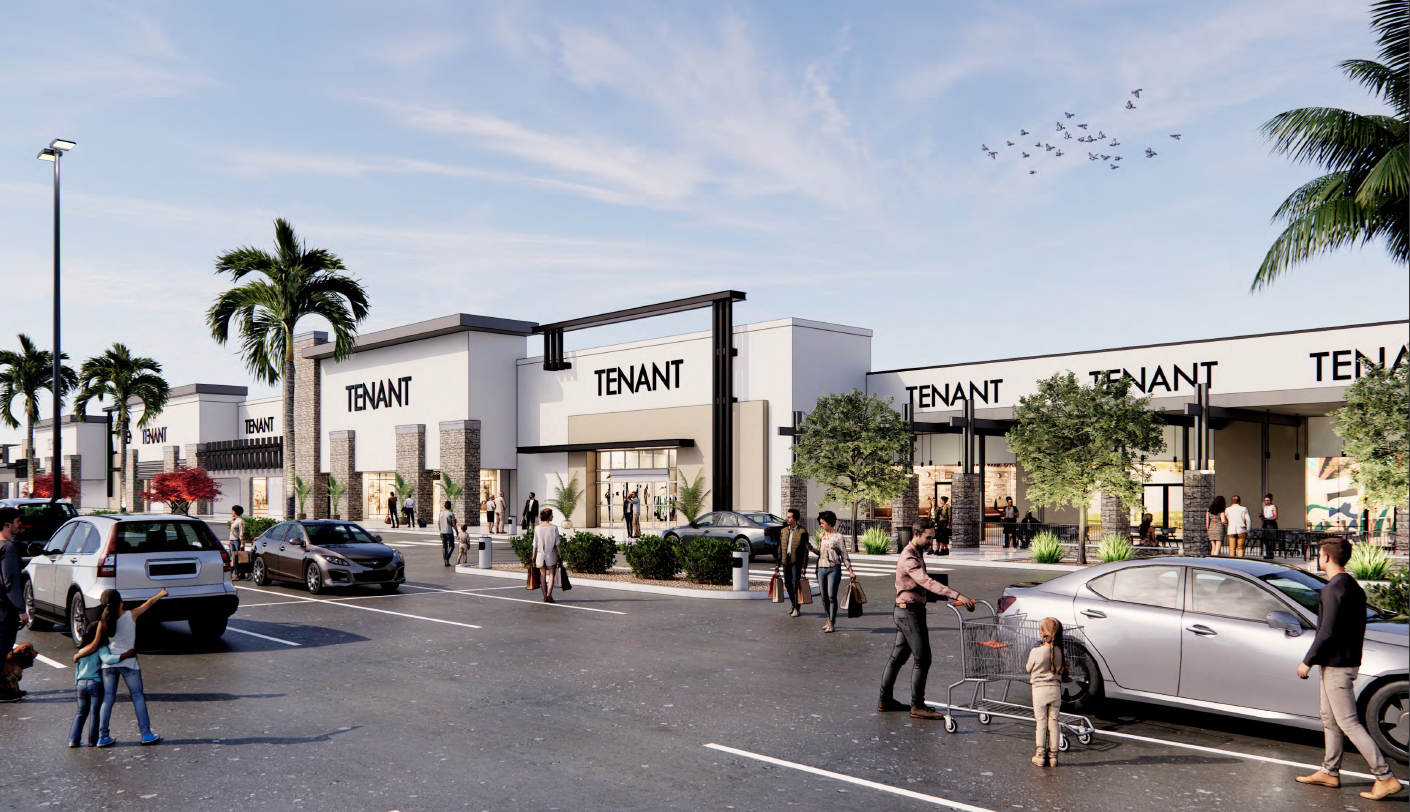This is truly a dynamic market that has much more in common with retail sectors of other major Texas cities than initially meets the eye.
Misconceptions about the Rio Grande Valley’s (RGV) retail market abound, particularly among those who are unfamiliar with South Texas. But those who are entrenched in shopping center ownership and development in the area are baffled and frustrated by retailers allowing these misconceptions to deter them from actively exploring the RGV. Questions like whether McAllen is an eight- or 10-hour drive from San Antonio, whether there’s an airport, if it’s safe — these are inquiries that simply make local retail owners and operators shake their heads. The same applies to brokers who inquire about securing endcap, freeway-visible spaces for under $10 per square foot.
The Valley Reality
The RGV is less than a four-hour drive from San Antonio and is served by three commercial airports. It resembles a metropolitan area akin to California’s Inland Empire, where several interconnected cities form a cohesive economic unit. Yet many are surprised to learn of the RGV’s considerable size, spanning 422,107 square miles — 60 percent larger than the Inland Empire and more comparable to San Diego County in size. The Council for South Texas Economic Progress reports that the population is over 1.4 million, rivaling San Diego, Phoenix and Philadelphia. Moreover, another 1.4 million people across the border are part of the trade area, swelling the consumer population to that of a 2.8-million-person city (the size of Los Angeles or Chicago) and surpassing the populations of 15 U.S. states. Census projections indicate that this binational population could grow to 7 million by 2040, driven by a high quality of life, an expanding education system, a thriving business landscape, transit improvements and a charming cultural identity that contrasts with more “homogenized” U.S. cities.
Economic Strength, Potential
Hundreds of billions of dollars in trade flow through the RGV, solidifying its status as a significant contributor to the Texas economy. Port Laredo is the largest inland port along the border as well as the nation’s top port by trade value. The Port of Brownsville is the largest landowning public port authority in the United States and is the only deep-water seaport on the U.S.-Mexico border. The economy boasts diverse sectors, including agriculture, oil refining, petrochemicals, cotton, manufacturing, distilling and lumber. Manufacturing operations span the automotive, aerospace, medical and electronics industries. The region’s pipeline network transports natural gas to both the continental United States and Mexico. Despite these economic attributes, the RGV’s robust economic prowess and promising prospects are commonly underestimated.
Significant Investments
Several noteworthy investments underscore the RGV’s potential. Elon Musk’s selection of Brownsville as the location for SpaceX is now coupled with a planned $100 million expansion. Global digital services company TaskUs recently established a facility in Harlingen. NextDecade is embarking on a $12 billion natural gas project, which may be the largest single investment in Texas. McAllen narrowly missed landing the first silicon wafer factory in the country, a venture valued at $2 billion (the project was terminated, McAllen did not lose the deal to another city). Brokerage firms like CBRE and NAI report a warehouse shortage, which is evidence of intense commercial activity. In addition, the RGV’s business-friendly environment and substantial government support for economic development remain conducive to attracting new enterprises.

Retail Opportunities
Retailers stand to gain from this burgeoning market. According to 2022 reports from the Edinburg Economic Development Corp. (EDC), the RGV generated almost $22 billion in gross sales — a figure that is sure to rise as the population grows. Rooftops bring retail sales. Consider the City of Weslaco, which reports issuing 6,770 single-family and multifamily permits in the past three years — tremendous growth for a city with a population under 50,000. Forward-looking retailers — large and small — have unparalleled opportunities to establish profitable footholds in this quickly expanding market.
Overcome Hesitancy
So, given all of this information, why are other retailers hesitant to venture to the RGV? It’s simple: Too many corporate real estate executives have never visited the RGV and lack intimate knowledge of the region. Site selection software fails to grasp the RGV’s unique dynamic and undervalues the purchasing potential of cross-border consumers. For example, compared to northern consumers, RGV residents will drive longer distances to shop. Placer.ai data shows that major retailers in Weslaco, a central valley city, receive customers from both ends of the RGV, and, in other cases, shoppers travel from one end of the RGV to the other to visit their favorite stores and restaurants. Corporate real estate executives must visit, spend time and witness the dynamic. They should also meet with the highly professional economic development corporations (EDCs) in these cities, which welcome the opportunity to share valuable high-level and grassroots information.
Realities of Space, Costs
But retailers should not expect shopping center rents to be substantially lower than those in northern cities. RGV construction costs and prices of well-located land are similar to those in other parts of the country, so rents for newly constructed shopping centers are also comparable. Remembering that lease rates vary with box size, tenant credit and work letter requirements, SRS Real Estate Partners reports that well-located, newly constructed retail space will likely lease for more than $25 per square foot. The upper end of the rent range is in the mid-$30s per square foot. Rents for quality second-generation space will start around $17 per square foot and get up into the mid-$20s per square foot, according to SRS. High-quality retail space is in short supply, and rents for quality properties are comparable to northern markets because sales justify those rents.
Seizing The Opportunity
The RGV’s unique attributes, business landscape and promising future make a compelling case for retailers and restaurateurs to seek a better understanding of the region. The area offers a golden opportunity to establish a presence, develop consumer loyalty and grow within this rapidly expanding trade area.
Published Source: https://editions.mydigitalpublication.com/publication/?m=58452&i=821519&p=28&ver=html5
